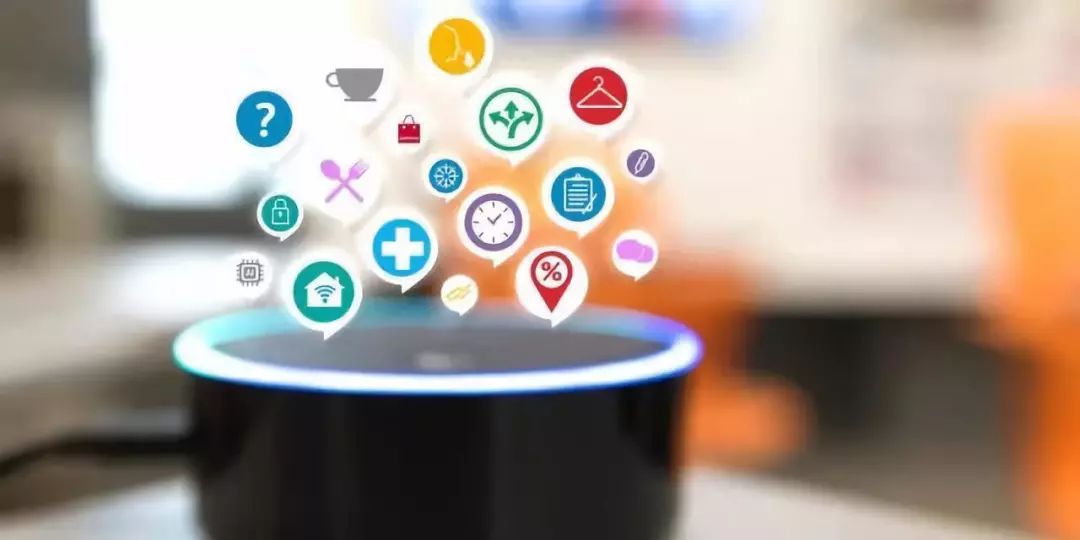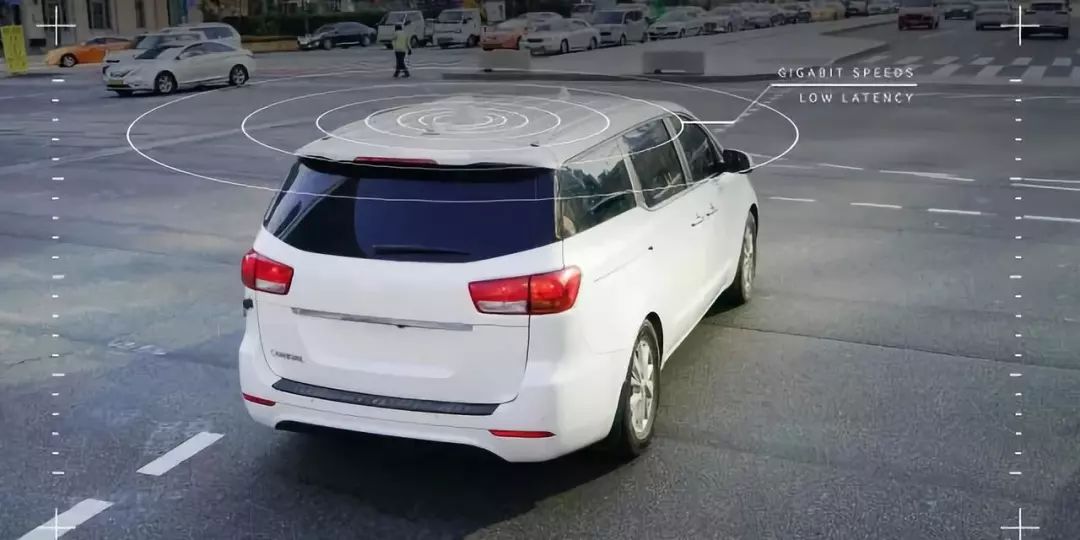With the finalization of the 5G Independent Networking (SA) New Air Interface (NR) global standard, 5G commercial launches a sprint mode. At the same time, the application of artificial intelligence has gradually penetrated into various industries and brought profound changes. With data as the link, the two revolutions of AI and 5G are about to converge historically, promoting each other, complementing each other, and jointly promoting the realization of the bright future of data. When the pace of 5G commercialization is getting closer, what impact will it have on the development of artificial intelligence? The combination of 5G and AI enhances device learning capabilities Bob Rogers, chief data scientist of Intel’s Data Center Business Unit Analysis and Artificial Intelligence, believes that the combination of 5G and artificial intelligence will make devices more adept at learning. The fast and reliable 5G data connection will allow artificial intelligence devices to quickly learn from their mistakes and understand the context to complete tasks accurately. Artificial intelligence can make devices do their jobs well, but sometimes they can do stupid things. For example, voice assistants still often misunderstand users' true intentions because of the lack of contextual information, and understanding context is essential for human interaction with the world. Take the word "tablet" as an example-it can refer to a tablet, a writing board, a pill, or a flat stone. If a person is in the hospital and is told to swallow a "tablet", then the person will know immediately that he should swallow a pill, not a tablet. With 5G, voice assistants can learn how to better understand and handle requests In Rogers' view, understanding context is equally important for artificial intelligence services. As the next generation of wireless technology to be implemented in the next one or two years, 5G will increase the contextual awareness of artificial intelligence, thereby making these services smarter, more effective, and more effective. Easier to popularize. 5G connects more data faster and smarter Compared with current wireless networks, 5G has higher bandwidth and lower latency, so it will transmit more data faster than current 4G. Rogers believes that the ability to obtain additional information faster through 5G networks will help artificial intelligence devices understand their environment and background. This will greatly optimize artificial intelligence services and make them more reliable in various scenarios. Self-driving cars will achieve instant response through the high speed of 5G Computers have always been good at processing structured data, and the emerging field of the Internet of Things—including smart cities and self-driving cars—must quickly process large amounts of unstructured data. Rogers said: "Artificial intelligence is just beginning to be able to process unstructured data." As more and more devices perceive the surrounding environment and connect to each other, artificial intelligence running through 5G networks is essential and will bring new opportunities. . 5G promotes the continuous development of edge computing Traditionally, most artificial intelligence applications are located in the cloud, and more data processing will occur near the device in the future. This means that extremely low data transmission delays are essential for many emerging technologies, including autonomous vehicles, smart cities, and medical services. The low latency of 5G will allow more data generated by the Internet of Things to be analyzed and processed at the edge of the network before being transmitted to the cloud. 5G will strongly promote the improvement of computing power at the edge of the network while reducing dependence on the cloud. Edge computing also means that a device will be able to better understand the environment in which it is running, which will help artificial intelligence become an important part of daily applications. In fact, 5G's low latency, high speed, and edge computing capabilities will eventually enable devices to directly communicate and work together, which is the so-called "group computing." Rogers pointed out that, for example, each drone that measures a bridge can share digital images on one side of the bridge in real time, and then the computer can use artificial intelligence to stitch these images with related archive pictures to construct a three-dimensional image of the bridge. With 5G, devices like drones will be able to communicate with each other better In general, in the era of data torrents, the historical convergence of 5G and AI produces a "multiplication effect". The mutual promotion of the two will accelerate the breakthrough and landing of smart applications, bringing disruptive innovation opportunities for We shape a better life. Electrical Ceramics,Conductive Ceramics,Electrically Conductive Ceramics,Electro Ceramics Yixing Guangming Special Ceramics Co.,Ltd , https://www.yxgmtc.com

